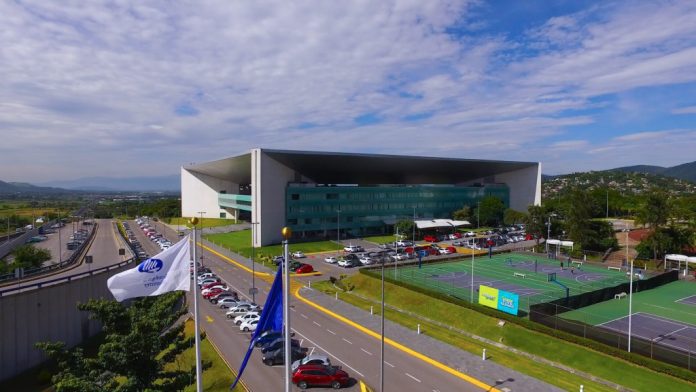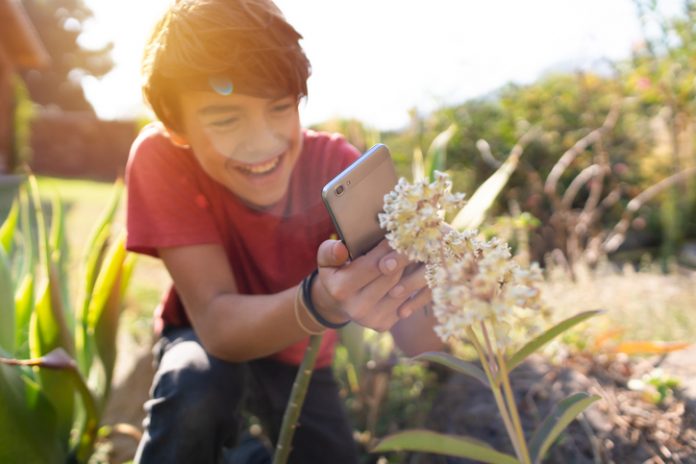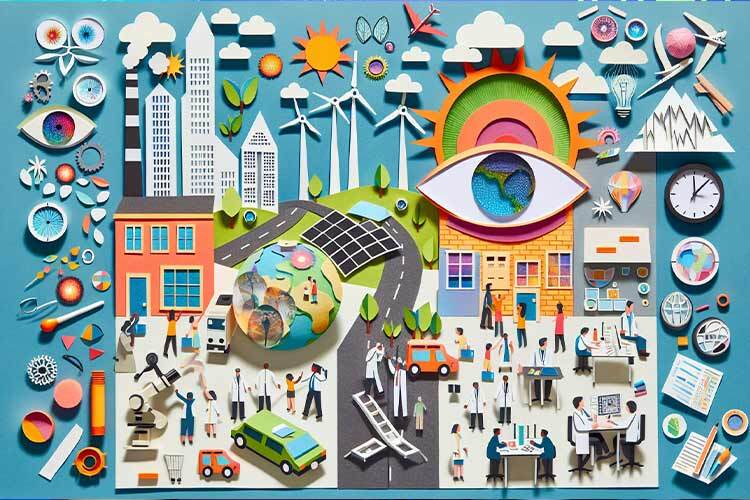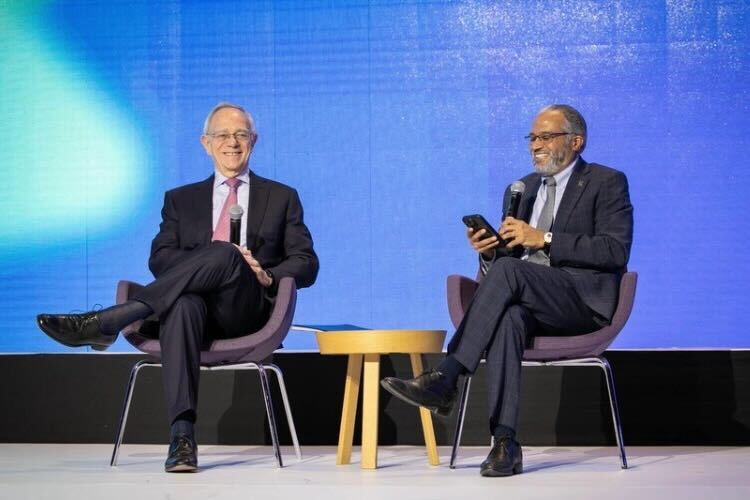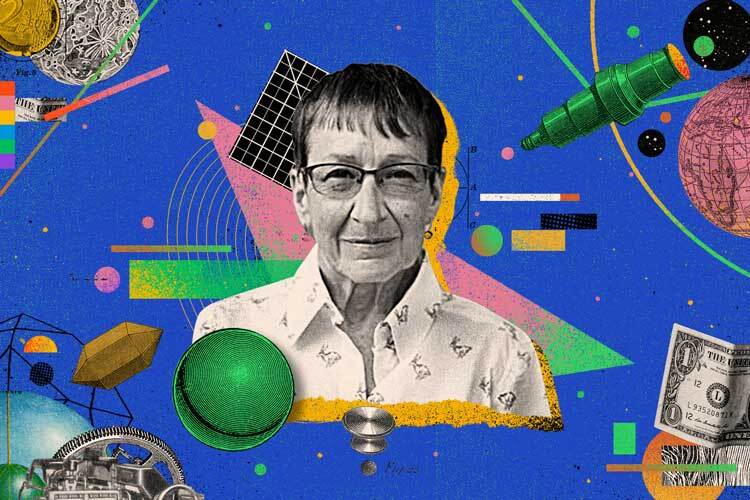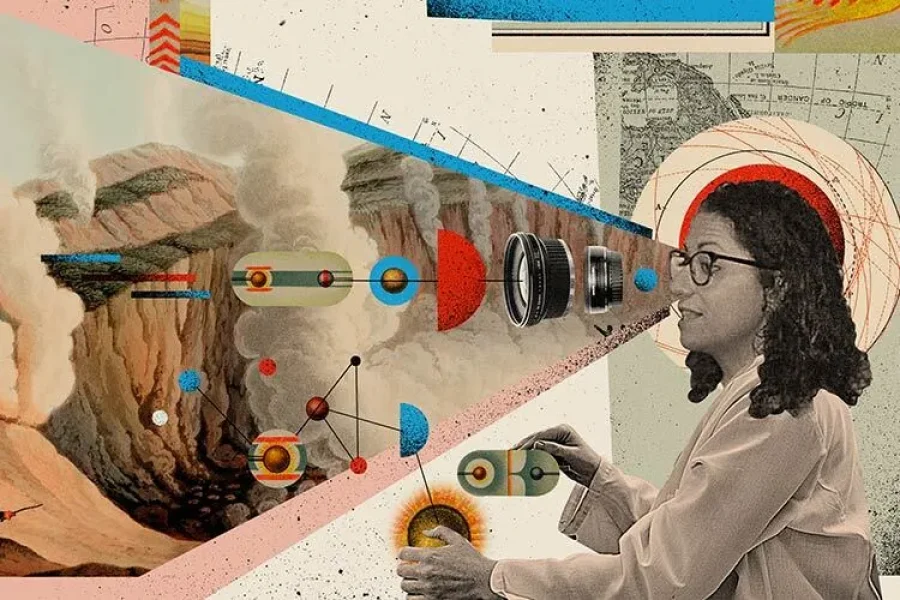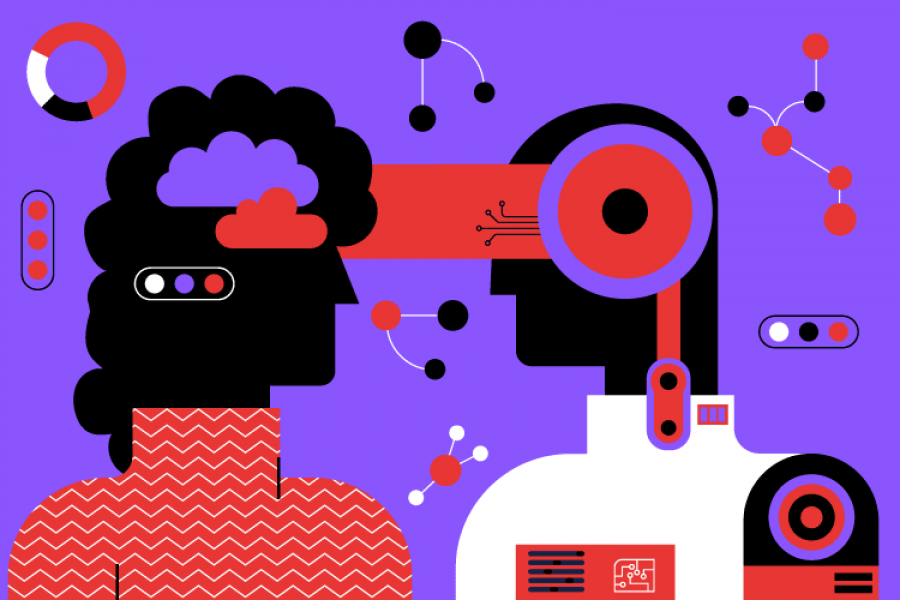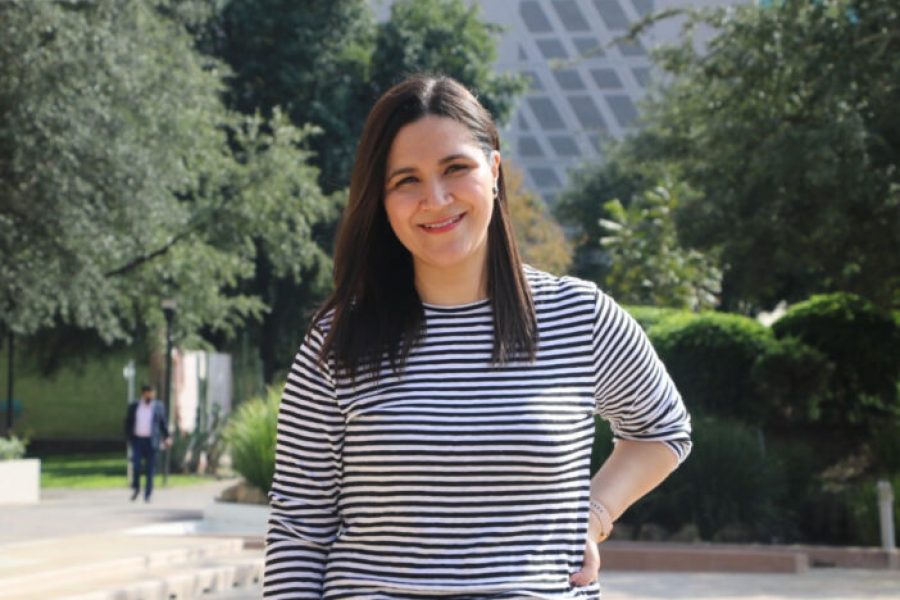In the last two years, we have generated more data than had ever been created in the entire history of mankind. What should we do with it? For now, public, private, and civil society organizations can only take advantage of 12% of this information, but there are enormous opportunities in the remaining 88%.
Data are the basic building blocks we will construct smart cities with. They are used to identify problems and model solutions and then measure their impact on energy, security, health, public services, gender equity, payments, and other issues.
Researchers at Tec de Monterrey are working on strategies to engage citizens emotionally and are experimenting with energy saving strategies in real time with the Mexico City Campus community through applications or interfaces.
Gamification and smart cities
Having data and information is an important aspect of building smart cities, but it is also important that citizens join the cause since we are the ones who live in the cities and interact with communities, buildings, and technology.
Researcher Pedro Ponce Cruz, together with Juana Isabel Méndez Garduño, Omar Mata, and Adán Medina, from the Institute of Advanced Materials and Sustainable Manufacturing at the Tec’s School of Engineering and Sciences, has conducted a series of investigations on how to motivate users to follow energy-saving recommendations through game-like dynamics.
“The interfaces we’re designing give people rewards because for many people saving energy per se isn’t much of an incentive. There are those who prefer to be recognized as energy-savers on a social media page or with motivational messages to help improve their quality of life,” Ponce explains.
Experts use game mechanics or gamification, behavioral economics, and design thinking in non-game contexts to motivate, engage, and educate people to solve real-world problems.
They have also studied the personalities of potential users and the ways games are used to create communicative messages that positively influence people.
The professor explains that people have different attitudes or personalities depending on their state or region. For example, the mentality in one place may be more inclined toward caring for the environment while in another it isn’t.
Some states are open to adopting new technologies, others to changes or savings. That is why they have designed rewards according to the different personalities of the users for a higher probability of success.
“It’s a challenge to have assertive communication with them. You have to emotionally engage users to motivate them,” he says.
Campus university as a laboratory
A university campus can be a small-scale version of a smart city, where students and faculty engage in energy reduction strategies.
The reconstruction of Tec de Monterrey’s Mexico City Campus was designed from the beginning to be sustainable.
It has photovoltaic panels, urban parks and squares, bioclimatic buildings with natural ventilation, a covered path designed to reduce heat gain, and carbon footprint reduction, among other elements.
This set of buildings is where Ponce and his collaborators propose that students and teachers engage in gamification exercises (which make learning fun) from their cell phones. For example, they can compete with other groups to turn off the lights when leaving a classroom or lower the temperature of the air conditioning, which represents 40% of a building’s energy consumption.
Currently, Ponce, Citlaly Pérez Briceño, and Juana Isabel Méndez are proposing that the campus also be understood as a smart microgrid, where each building comprises a nano-network and each floor a pico grid to analyze where savings can be encouraged using these gamification techniques.
They have already tested solar-charged electric bicycles on campus and sunshades with flexible solar panels that serve to provide points for solar power and lighting where people can also charge their electronic devices.
There is also a proposal to create a smart greenhouse to provide people on campus with food.
The researcher explains that there is the challenge of scaling the bicycles and greenhouse for greater impact.
From the university to the home
Using this experience, they will seek to use the success stories that work on campus and replicate them in homes and buildings to build a smart city.
“Smart cities are talked about in an abstract way, but the people who will really make it happen are the citizens,” Ponce says.
Ideally, cities will become more dynamic entities when users also implement savings at home.
From their cellphones, they’ll be able to control their washing machines, ovens, refrigerators, and heating systems in an automated way.
They’ll receive accurate information about their energy consumption, recommended times for using devices, when to disconnect, and even the best way to arrange furniture from an energy perspective, an aspect that is hardly ever considered when decorating a home.
Publishing a book
In September of this year, Tec de Monterrey researchers, in collaboration with specialists from UC Berkeley, Concordia University, and the University of Arizona, will publish Data and AI Driving Smart Cities, a book in which they will present the results of their research on user gamification.
They believe that a connected community could solve problems such as energy, safety, health, public services, and other issues, and provide an overview of the future of technologies in smart cities.

